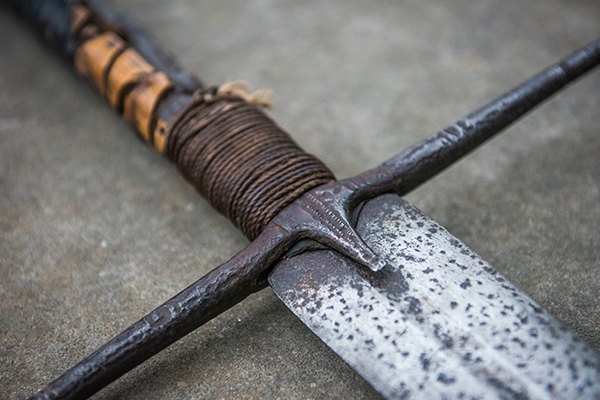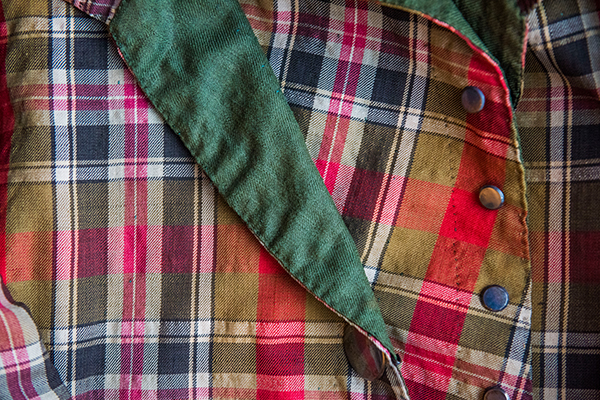OUR HOME
Broomhall is a significant building in the history of Scottish architecture and one of Scotland’s grandest houses. It has been a private family home for more than 300 years and continues to be lived in, cherished and cared for by the family of King Robert the Bruce.
The house began life in 1702, during the time of the Stuart dynasty, built to designs by Sir William Bruce, and set within a working estate of around 2,500 acres.
The original house was rebuilt in 1766 by John Adam, the architect of Dumfries House. In 1798, Broomhall was redesigned and enlarged by Thomas Harrison as a prototype for the Greek revival movement. In the hands of subsequent architects, the genesis of its design would widely influence contemporary architectural form and the decorative arts.
The house was finally completed in 1865 during the reign of Queen Victoria, when a portico was added to the north front by the architect Charles Heath Wilson, a founding director of the Glasgow School of Art.

HISTORY & HERITAGE
The Bruce family has been at the heart of Scotland's story for 1,000 years. Broomhall contains an internationally important collection of fine art and artefacts, which features the Sword of State of King Robert the Bruce.
The house tour includes a museum laid out as a cabinet of curiosities, presenting a regular cycle of different exhibitions drawn from an extensive collection of photography; prints and drawings; architectural plans; letters and journals; ceramics and textiles; and arms and armour.
The Broomhall collection documents everyday family life over several centuries and also the widespread travels of the Bruce family.
Contact us to find out more.

THE FAMILY OF KING ROBERT THE BRUCE
Robert the Bruce, king and warrior statesman, is a key figure in Scotland’s history, carving out Scottish independence in 1314, when he led his army to victory at the Battle of Bannockburn.
King Robert’s family has continued his legacy of leadership, with successive generations serving as ambassadors and statesmen, governors and viceroys, but also as explorers, inventors and entrepreneurs.
The 8th Earl guaranteed parliamentary democracy in Canada and later negotiated treaties with Japan and China. He was the first Viceroy of India to be appointed by the Crown, while the 9th Earl followed his father to India as Viceroy, where he built over 4,000 miles of railways.
Contact us to learn more.
